Home>Interior Design>How Big Should My Bedroom Light Fixture Be?
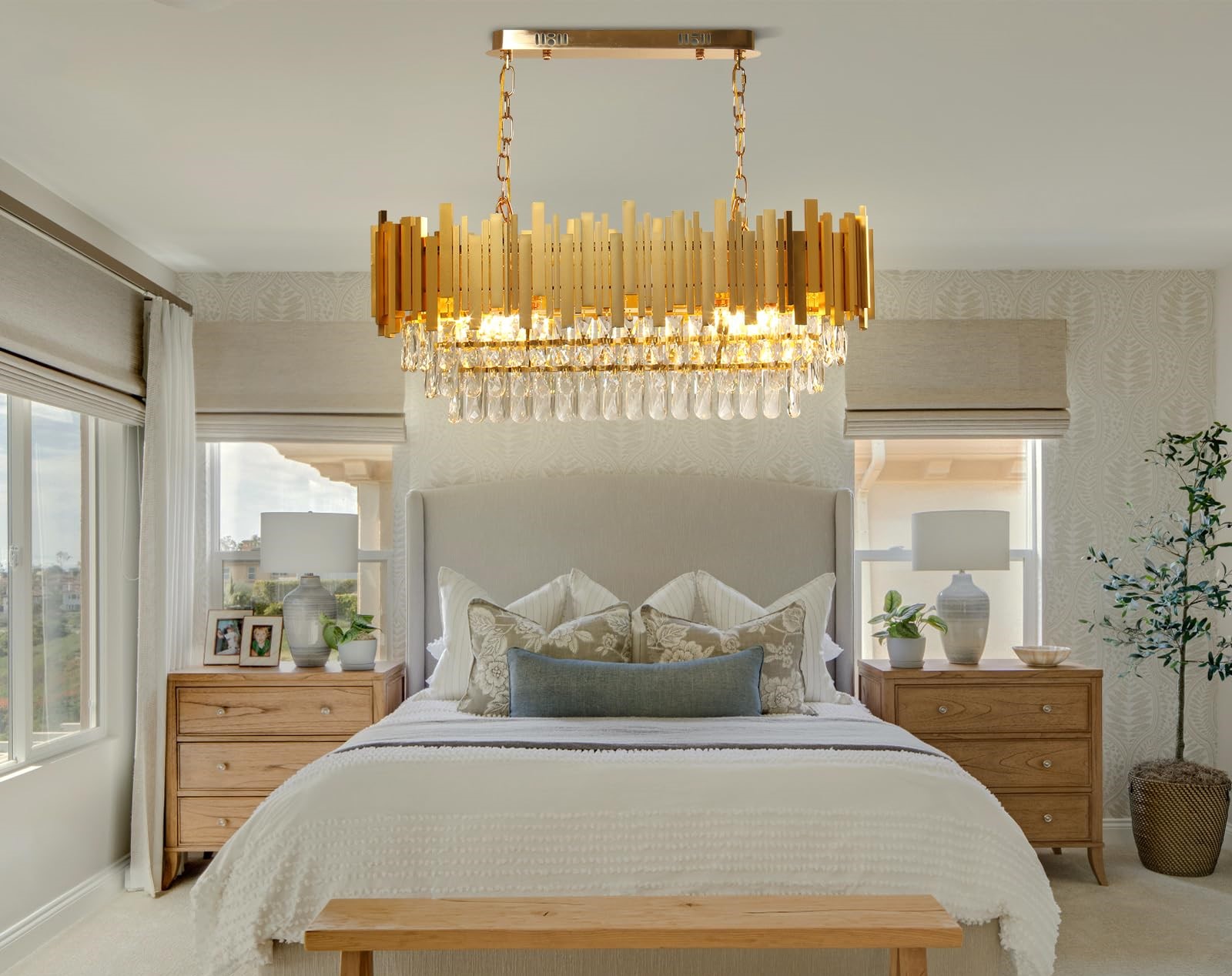

Interior Design
How Big Should My Bedroom Light Fixture Be?
Modified: October 18, 2024
Discover the perfect bedroom light fixture size for your interior design needs. Find out the ideal dimensions to create a stylish and well-lit space in your home.
(Many of the links in this article redirect to a specific reviewed product. Your purchase of these products through affiliate links helps to generate commission for Storables.com, at no extra cost. Learn more)
Introduction
When it comes to designing a bedroom, one of the crucial elements to consider is the lighting. The right light fixture can not only illuminate the space but also set the mood and enhance the overall ambiance. However, selecting the appropriate size for your bedroom light fixture can be a challenging task. You need to strike a balance between functionality and aesthetics to create a harmonious and well-lit space. In this article, we will explore the factors to consider when determining how big your bedroom light fixture should be.
Choosing the right size for your bedroom light fixture is essential for several reasons. Firstly, it ensures that the room is adequately illuminated, providing ample light for tasks like getting dressed or reading a book. Secondly, it helps to create a balanced and proportionate room design, complementing the other elements in the space. Lastly, the size of the light fixture can impact the overall aesthetic of the room, contributing to its style and identity.
To determine the appropriate size for your bedroom light fixture, you need to consider several factors, including the ceiling height and room size, bed size and placement, and the style and design of the room. Let’s delve deeper into these factors to help you make an informed decision.
Key Takeaways:
- Choose a bedroom light fixture size based on ceiling height, room size, bed placement, and design style for a balanced and harmonious aesthetic that complements the room’s overall ambiance.
- Consider various bedroom light fixture types, such as chandeliers, pendant lights, and wall sconces, to enhance both functionality and style, creating a well-lit and visually appealing bedroom space.
Read more: How Big Should Outdoor Lights Be
Factors to consider
When determining the size of your bedroom light fixture, there are several crucial factors to take into account. By considering these factors, you can ensure that the fixture not only fits seamlessly within the room but also serves its intended purpose effectively. Here are some important factors to consider:
- Ceiling height and room size: The dimensions of your bedroom, including the height of the ceiling, play a significant role in determining the size of your light fixture. In rooms with higher ceilings, you have the option to choose larger fixtures that can make a bold statement. On the other hand, in rooms with lower ceilings, it is advisable to opt for smaller, more compact fixtures that don’t overwhelm the space.
- Bed size and placement: The size and positioning of your bed are important considerations when choosing a light fixture. If you have a larger bed, such as a king or queen-sized bed, it is recommended to choose a light fixture that is proportionate to the size of the bed. Placing a small fixture above a large bed can create an imbalance in the room. Additionally, consider the placement of the bed in relation to the fixture. If the bed is centered, a centered or symmetrical light fixture may work best, whereas if the bed is off-center, you may want to consider an asymmetrical fixture.
- Style and design: The style and design aesthetic of your bedroom should guide your choice of light fixture size. If your bedroom has a minimalistic or contemporary design, a sleek and streamlined fixture may be more suitable. Alternatively, if your bedroom has a traditional or ornate design, a larger and more embellished fixture could add a touch of elegance. Consider the overall theme of your bedroom and choose a fixture size that complements and enhances the style.
By carefully evaluating these factors, you can determine the appropriate size for your bedroom light fixture. Keep in mind that these are general guidelines, and ultimately the size of the fixture should be based on your personal preferences and the specific requirements of your bedroom. Next, let’s explore the different types of bedroom light fixtures you can choose from.
Ceiling height and room size
One of the primary factors to consider when determining the size of your bedroom light fixture is the ceiling height and room size. These measurements will help you find a fixture that proportionately fits within the space and complements the overall room design.
Ceiling height plays a crucial role in determining the size of your light fixture. In rooms with higher ceilings, you have the opportunity to choose larger and more dramatic fixtures. Taller ceilings provide ample space for fixtures with greater depth and presence, adding a grand and eye-catching element to the room. However, it is essential to consider the overall size of the room as well. A large fixture in a small room with a high ceiling can create an overwhelming effect, so be sure to strike the right balance.
Conversely, in rooms with lower ceilings, it’s important to select a light fixture that doesn’t hang too low and make the space seem cramped. Choosing a compact and flush-mount or semi-flush-mount fixture can be an ideal solution for lower ceilings. These types of fixtures hug the ceiling and provide adequate lighting without sacrificing valuable headroom. They also give the impression of a more open and spacious room.
Additionally, the size of the room itself should be taken into consideration. A smaller bedroom with limited floor space would benefit from a smaller light fixture that doesn’t overpower the room and maintains a sense of proportion. On the other hand, a larger room may require a more substantial fixture to fill the space and maintain a harmonious balance.
Keep in mind that while there are general guidelines for ceiling height and room size, personal preference and the overall style and design of the room are essential factors in making a final decision. It’s always beneficial to visualize the fixture within the space and consider how it will interact with the other elements in the room.
Next, we will explore the relationship between bed size and placement and the size of your bedroom light fixture.
Bed size and placement
The size and placement of your bed are important considerations when determining the size of your bedroom light fixture. The goal is to achieve a balanced and proportionate look that complements the bed and doesn’t overpower it.
If you have a larger bed, such as a king or queen-sized bed, it is recommended to choose a light fixture that is proportionate to the size of the bed. Opting for a tiny light fixture above a large bed can create an imbalance in the room and make the fixture appear insignificant. On the other hand, a disproportionately large fixture above a smaller bed can overwhelm the space and disrupt the overall harmony.
Consider the positioning of the bed as well when selecting the size of your light fixture. If your bed is centered in the room, a centered or symmetrical light fixture may work best. This creates a sense of balance and symmetry in the space. However, if your bed is off-center due to architectural features or room layout, you may want to consider an asymmetrical fixture. This can help visually anchor the bed and create a focal point in the room.
Another important factor to consider is the height at which the light fixture will be installed above the bed. It’s essential to maintain an appropriate distance between the bed and the fixture to ensure it doesn’t interfere with your ability to sit up comfortably or obstruct your line of sight. As a general rule, a distance of around 7 feet between the top of the mattress and the bottom of the fixture is recommended.
Ultimately, the size of your light fixture should harmonize with the size and placement of your bed, creating a cohesive and visually pleasing look. It’s also crucial to consider your personal preferences and the overall style of the room when making a decision.
Next, we will delve into the impact of style and design on the size of your bedroom light fixture.
The general rule of thumb is to choose a bedroom light fixture that is about 1/3 the size of the width of the bed. For example, if your bed is 90 inches wide, your light fixture should be around 30 inches in diameter.
Style and design
The style and design of your bedroom play a significant role in determining the size of your light fixture. The fixture should not only provide adequate lighting but also enhance the overall aesthetic of the room.
When selecting a light fixture, consider the overall theme or style of your bedroom. If your bedroom has a minimalistic or contemporary design, a sleek and streamlined fixture may be more appropriate. Look for fixtures with clean lines and a simple, understated design. Opting for a smaller fixture can complement the minimalist aesthetic and prevent it from overpowering the room.
On the other hand, if your bedroom has a traditional or ornate design, a larger and more embellished fixture may be preferable. Think chandeliers or pendant lights with intricate details or decorative elements that match the ornate features of the room. A more substantial fixture can serve as a focal point and add a touch of elegance and grandeur to the space.
It’s also essential to consider the materials and finishes of your light fixture. The choice of materials should align with the overall design scheme of your bedroom. For example, if your bedroom features a lot of natural wood elements, a light fixture with a wooden or brushed metal finish can create a cohesive and harmonious look.
Furthermore, don’t forget to consider the visual weight of the light fixture. Visual weight refers to how much an object appears to weigh or dominate a space visually. In general, larger and bulkier fixtures have a heavier visual weight, while smaller and more delicate fixtures have a lighter visual weight. Balancing the visual weight of the fixture with the other elements in the room is crucial for achieving a harmonious and well-designed space.
Ultimately, the size of your light fixture should align with the style and design of your bedroom. It should enhance the overall aesthetic without overpowering or clashing with the other elements in the room.
Now that we’ve explored the factors to consider when determining the size of your bedroom light fixture, let’s move on to the different types of bedroom light fixtures you can choose from.
Read more: How Big Should My Wardrobe Be
Types of bedroom light fixtures
When it comes to selecting a light fixture for your bedroom, there are various options to choose from. Each type of fixture offers its own unique style and functionality. Let’s explore some popular types of bedroom light fixtures:
- Chandeliers: Chandeliers are elegant and timeless fixtures that can add a touch of glamour to your bedroom. They are available in a range of sizes, from small and delicate fixtures to large and ornate designs. Chandeliers are typically suspended from the ceiling and can serve as a focal point in the room, especially in bedrooms with higher ceilings.
- Pendant lights: Pendant lights are versatile fixtures that can be used to add both task and ambient lighting. They hang from the ceiling and come in various styles, sizes, and designs. Pendant lights can be used individually or clustered together to create a visually striking display. They work well above nightstands or areas where extra task lighting is needed.
- Ceiling flush-mount lights: Flush-mount lights are ideal for bedrooms with lower ceilings, as they are mounted directly against the ceiling, providing a clean and seamless look. They come in various styles and designs, ranging from simple and understated to more decorative options. Flush-mount lights provide general ambient lighting and are suitable for smaller bedrooms.
- Wall sconces: Wall sconces are fixtures that are installed on the wall, providing both functional and decorative lighting. They can be used to flank the bed, creating a cozy and intimate atmosphere. Wall sconces come in a variety of styles, from traditional to modern, and can be adjustable for optimal light direction.
- Table and floor lamps: While not ceiling-mounted fixtures, table and floor lamps are important lighting elements for the bedroom. They provide localized task lighting and can be placed on nightstands, dressers, or in cozy reading corners. These lamps come in various sizes and designs, allowing you to choose options that complement your bedroom’s style.
- Recessed lighting: Recessed lights, also known as can lights or downlights, are installed into the ceiling, creating a clean and modern look. They provide general ambient lighting and can be strategically placed to illuminate specific areas of the bedroom. Recessed lighting is especially useful for bedrooms with lower ceilings.
Each type of bedroom light fixture offers a distinct style and function. Consider the size, style, and placement of each fixture to ensure it aligns with your bedroom’s design and lighting needs.
Now that we’ve explored the various types of bedroom light fixtures, let’s conclude our discussion on determining the size of your bedroom light fixture.
Conclusion
Choosing the right size for your bedroom light fixture is crucial to creating a well-balanced and visually appealing space. By considering factors such as ceiling height and room size, bed size and placement, and the style and design of your bedroom, you can make an informed decision that enhances both the functionality and aesthetics of the room.
When it comes to ceiling height and room size, striking the right balance is key. In rooms with higher ceilings, larger fixtures can make a bold statement, while in rooms with lower ceilings, smaller and more compact fixtures are recommended.
The size and placement of your bed also play a significant role in determining the appropriate size of your light fixture. Proportionality is key, ensuring that the fixture complements the bed and doesn’t overpower the space. Consider the positioning of the bed and the height at which the fixture will be installed for optimal visual balance.
The style and design of your bedroom are important factors to consider when selecting the size of your light fixture. Choose a fixture that aligns with the overall aesthetic of the room, whether it’s minimalist and contemporary or traditional and ornate. Additionally, consider the visual weight of the fixture to maintain a harmonious look.
Lastly, familiarize yourself with the different types of bedroom light fixtures available, including chandeliers, pendant lights, flush-mount lights, wall sconces, table and floor lamps, and recessed lighting. Each type offers its own unique style and functionality, allowing you to choose the one that best suits your bedroom’s design and lighting needs.
Remember, these are general guidelines, and personal preference and the specific requirements of your bedroom should also be taken into consideration. Visualizing the fixture within the space and considering how it will interact with the other elements of the room can guide you towards making the best decision.
So, take your time, explore your options, and select a bedroom light fixture that not only illuminates your space but also adds a touch of style and sophistication. With the right size and design, your bedroom will become a haven of relaxation and beauty.
Frequently Asked Questions about How Big Should My Bedroom Light Fixture Be?
Was this page helpful?
At Storables.com, we guarantee accurate and reliable information. Our content, validated by Expert Board Contributors, is crafted following stringent Editorial Policies. We're committed to providing you with well-researched, expert-backed insights for all your informational needs.
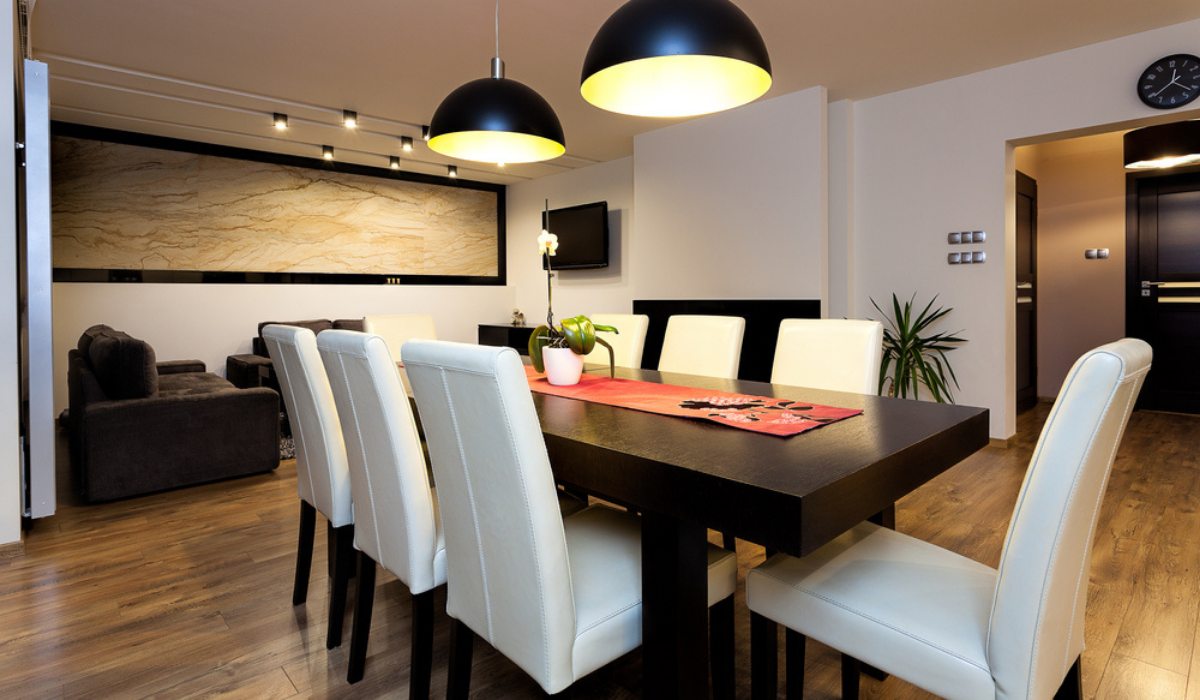

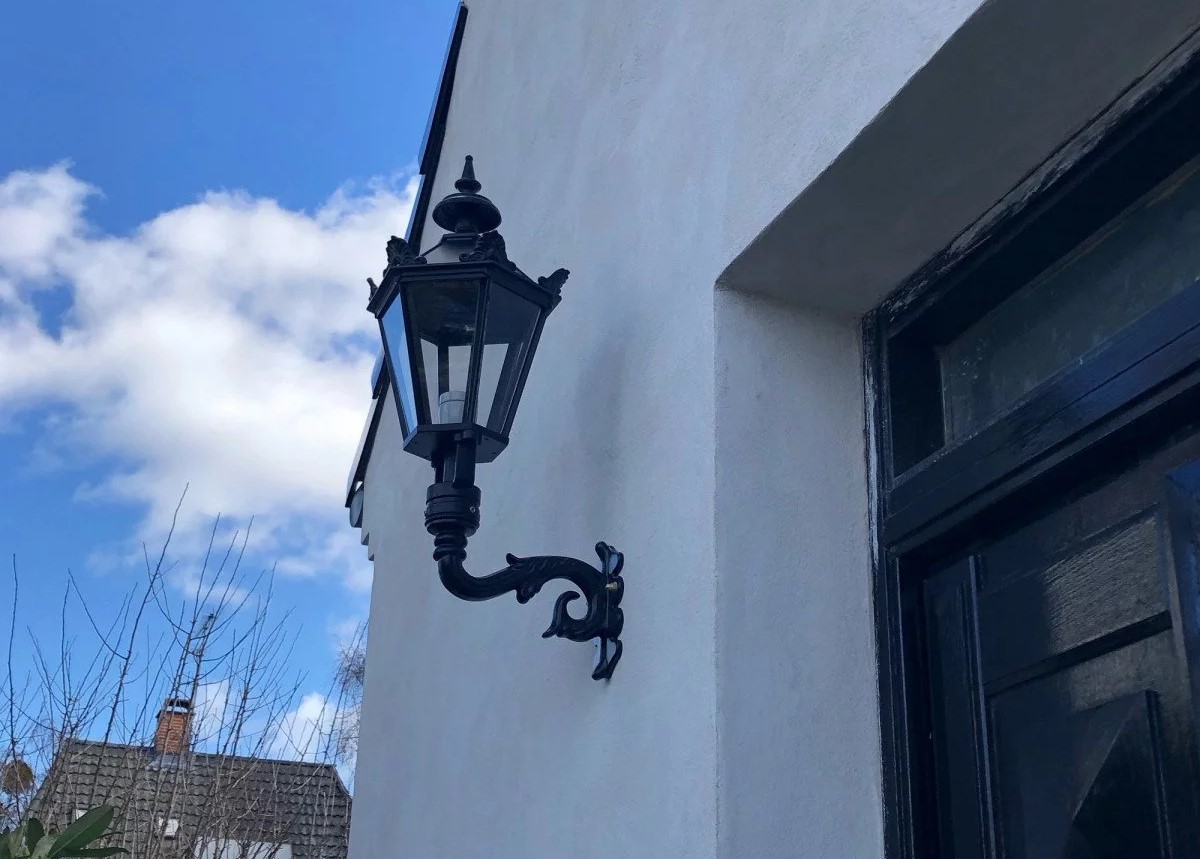
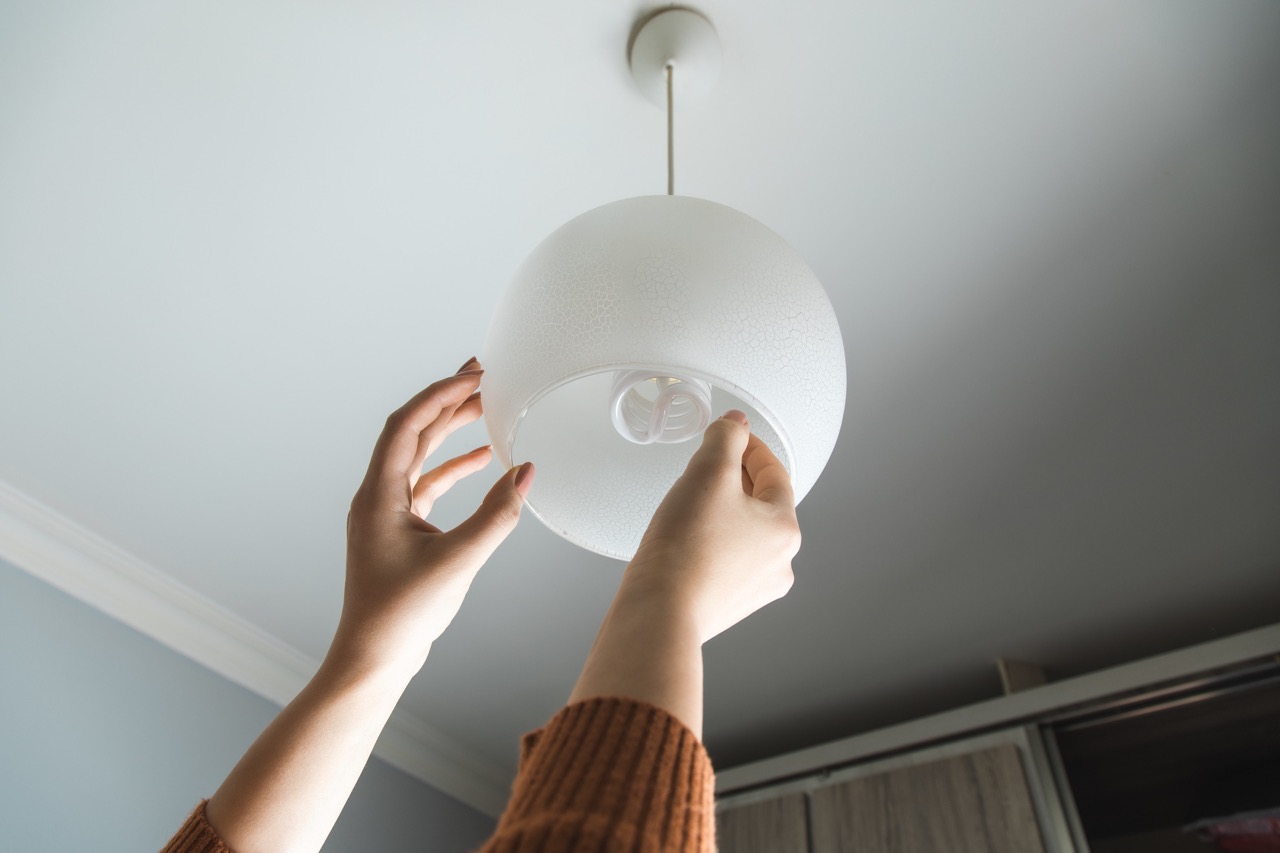
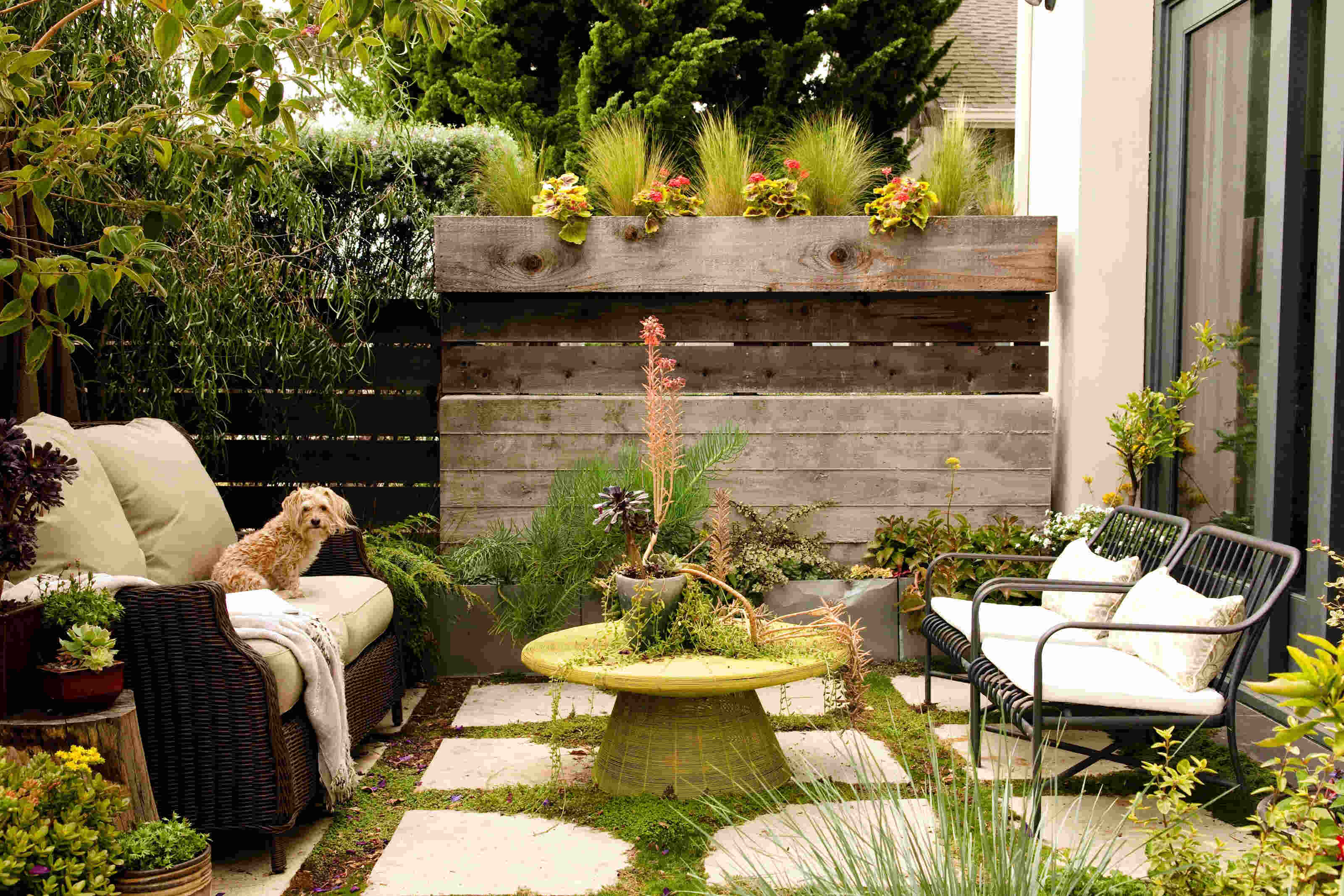
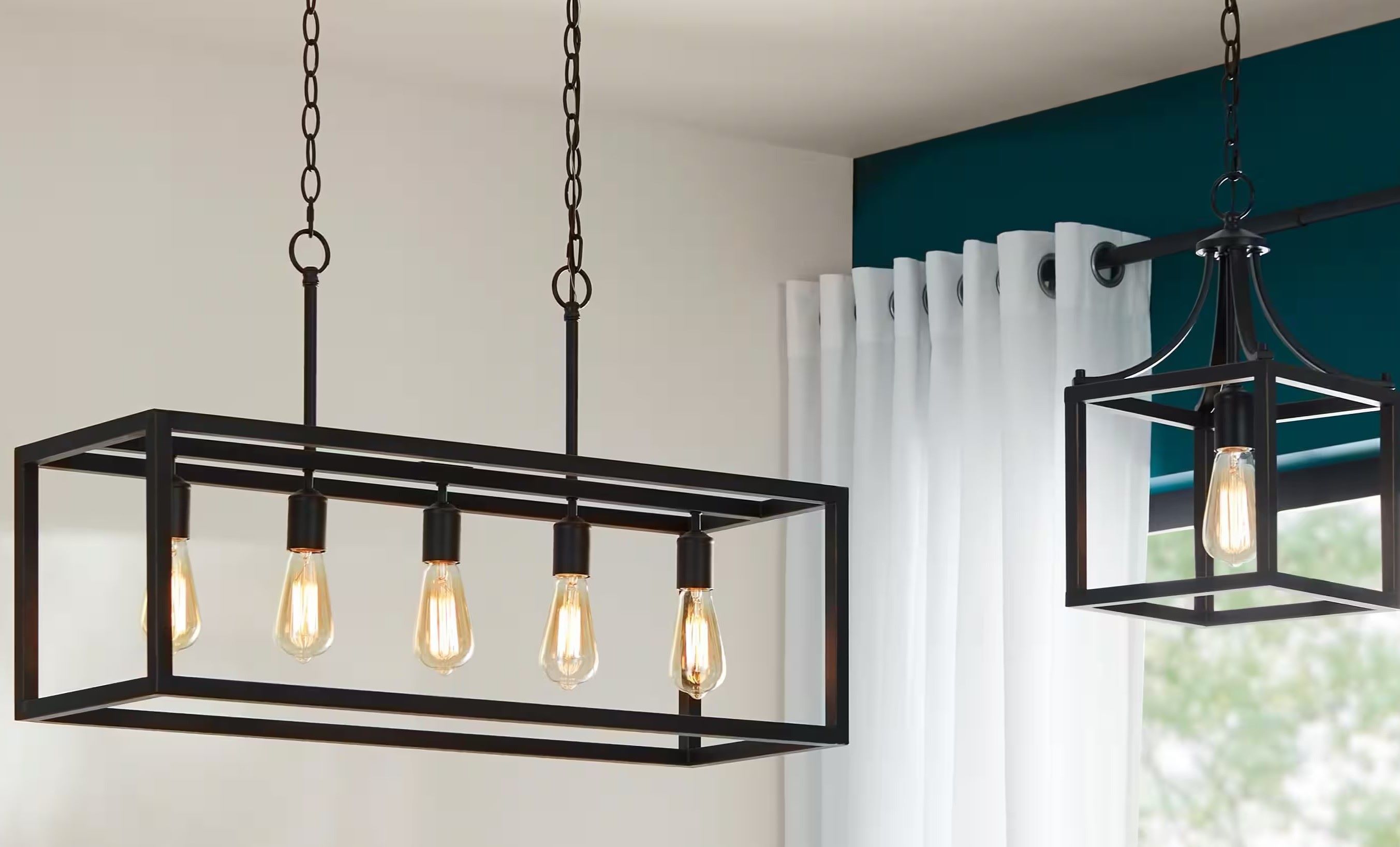

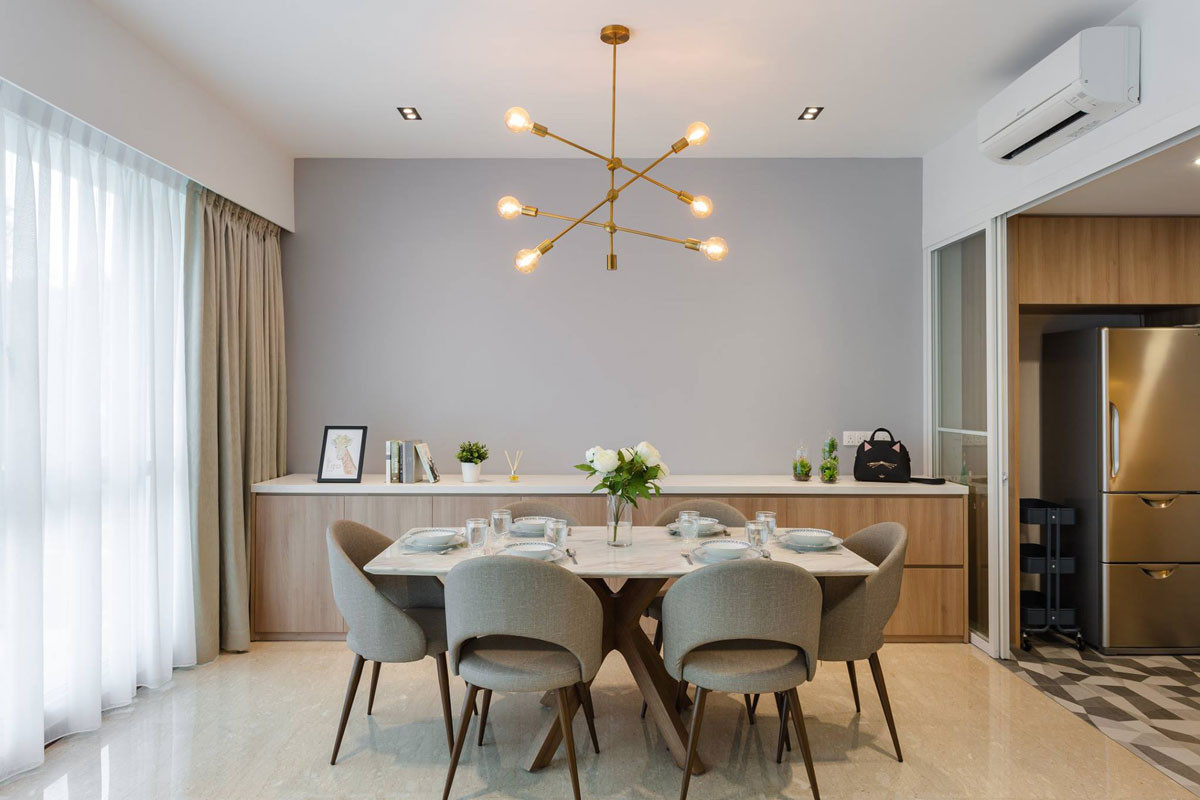
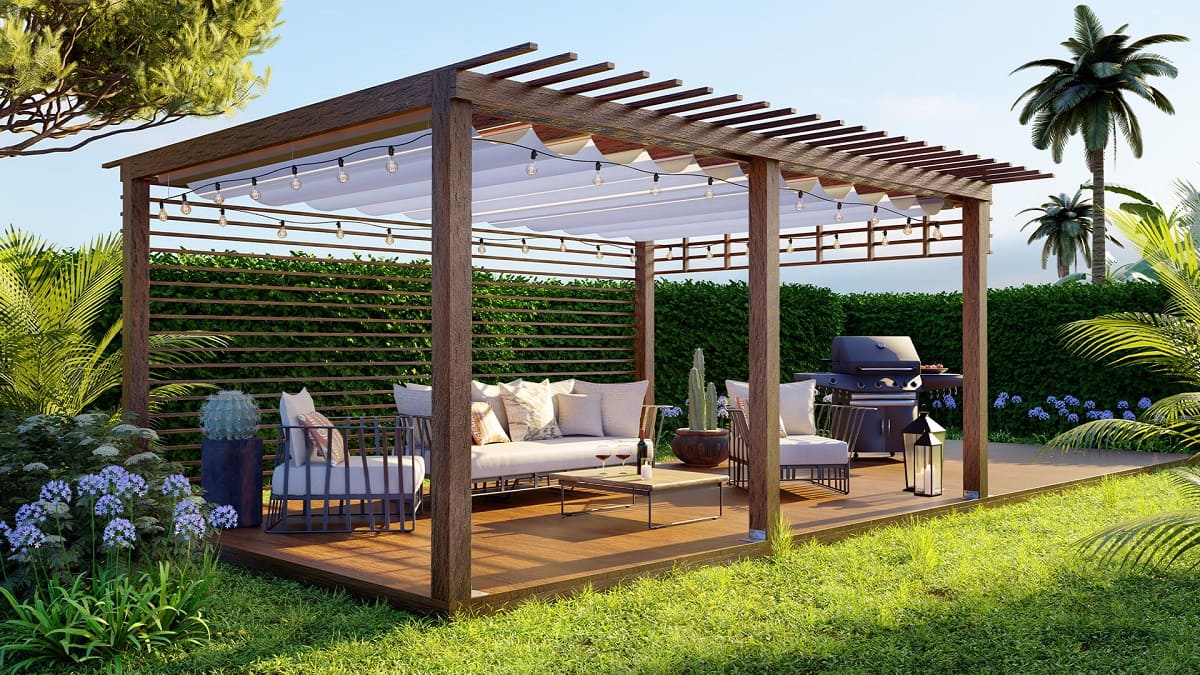
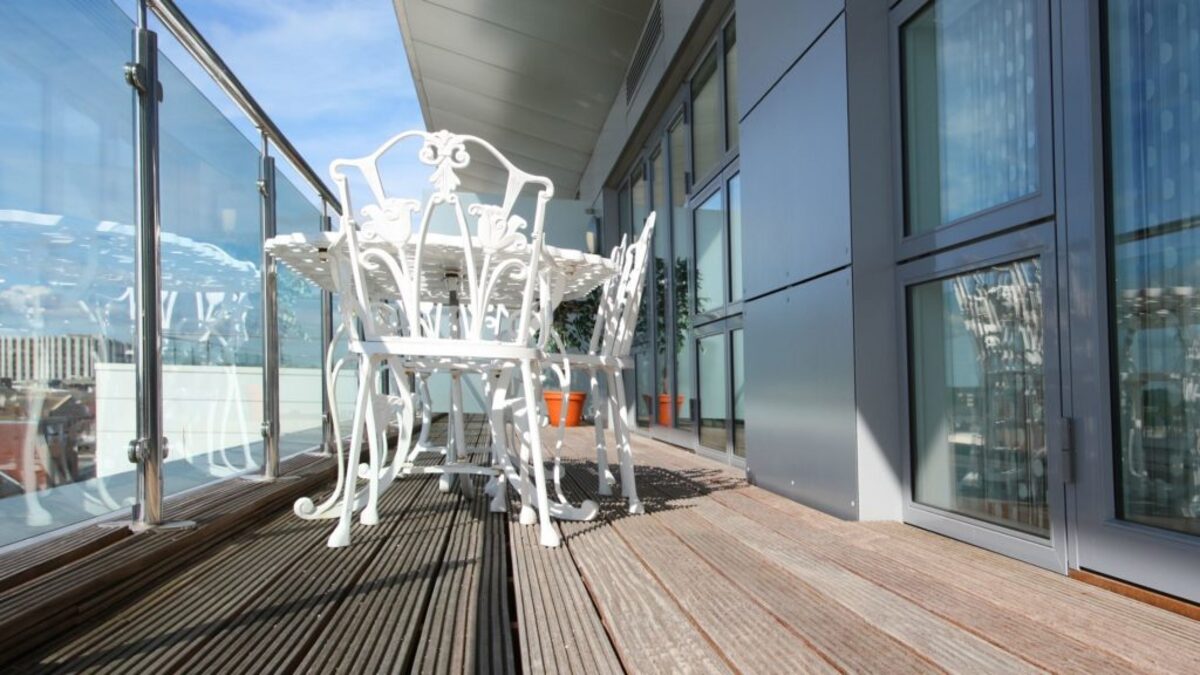
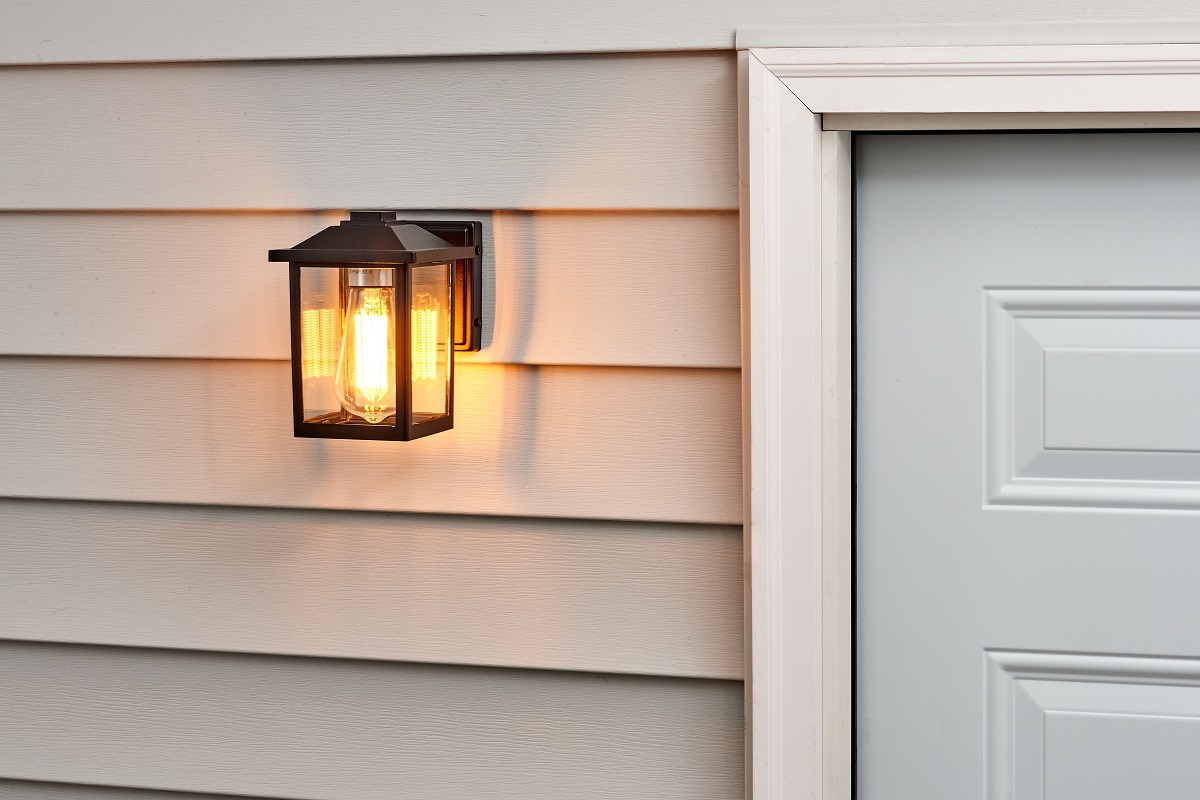
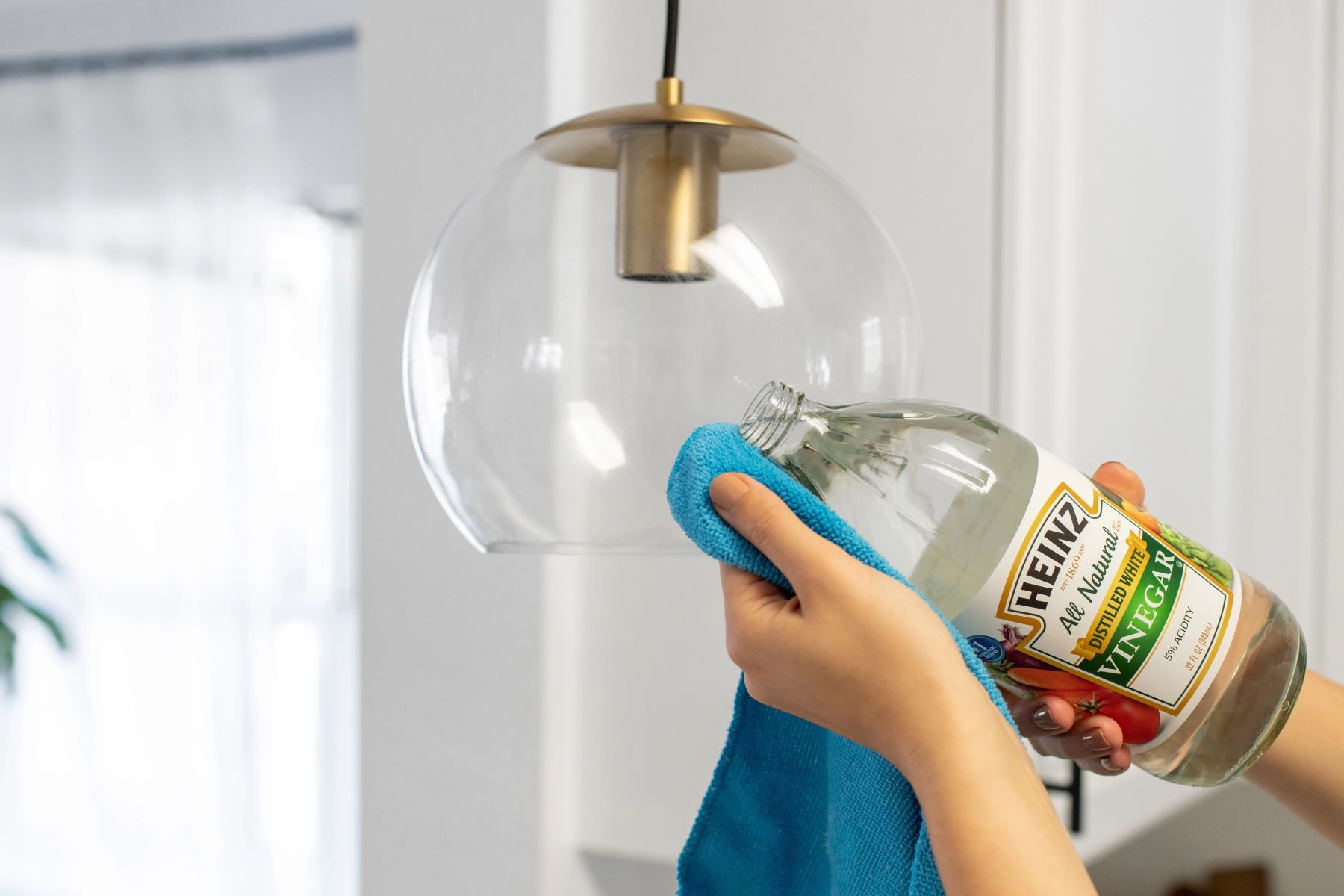
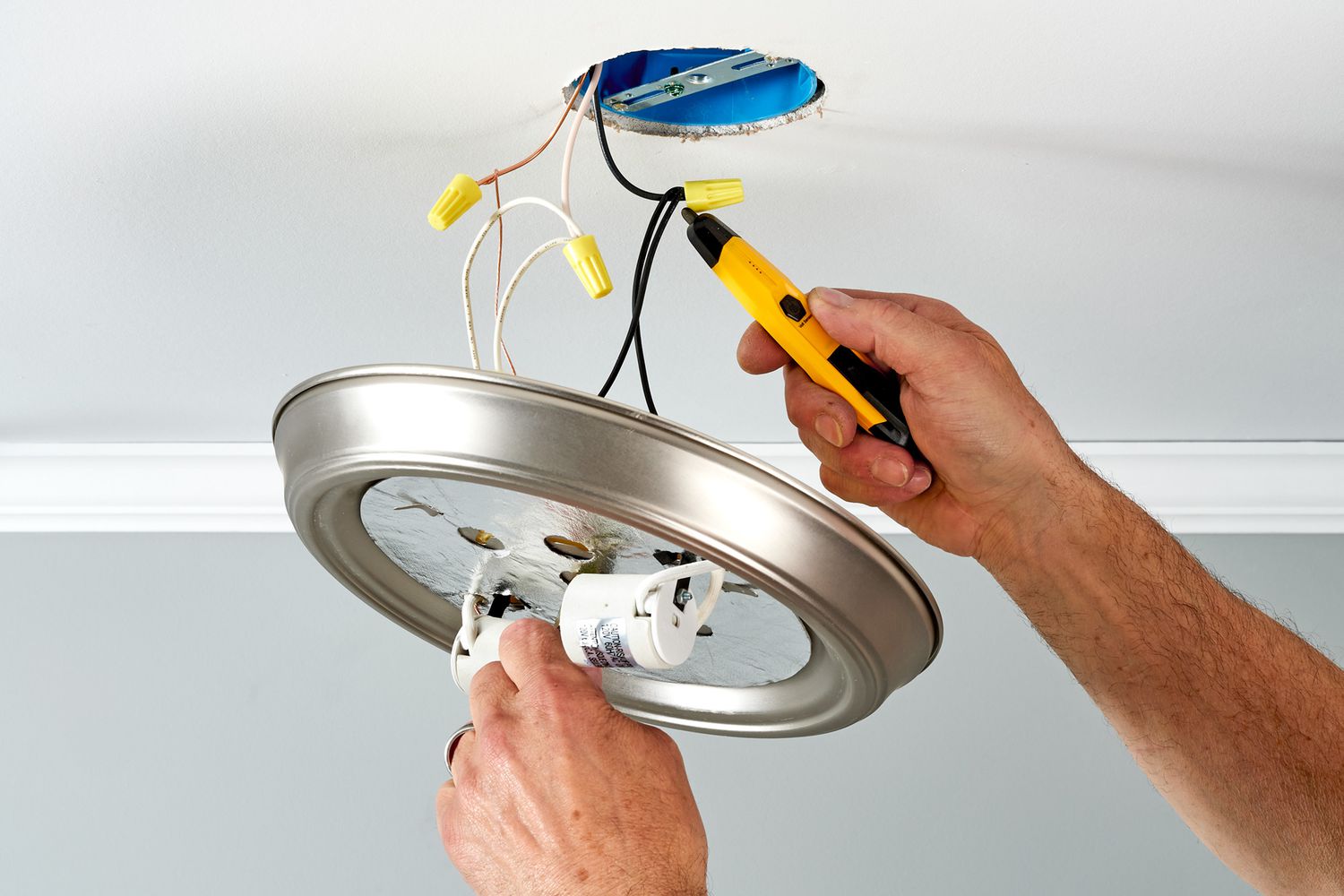
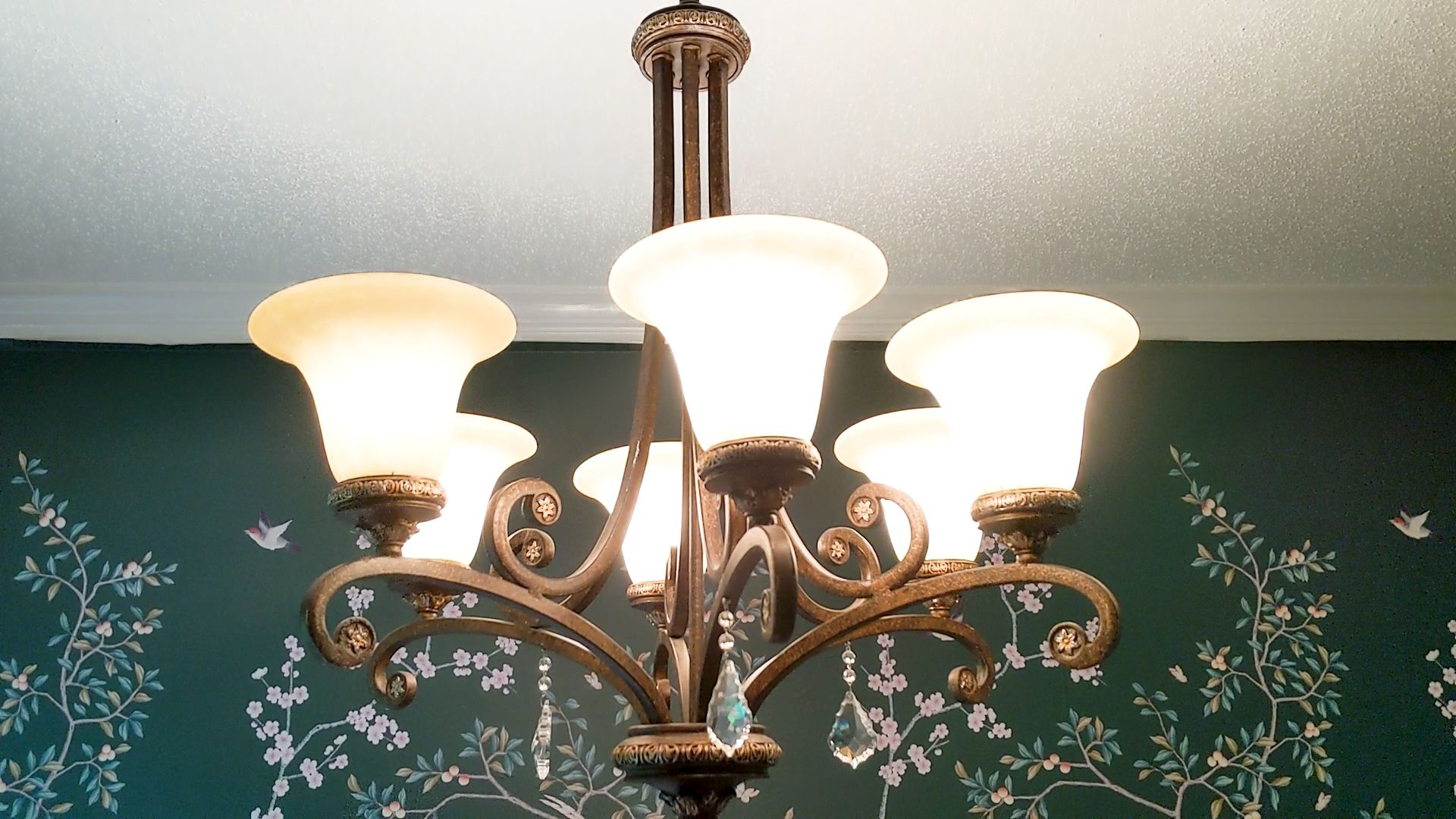

0 thoughts on “How Big Should My Bedroom Light Fixture Be?”